
We’ve written extensively in the past about different types of marketplaces and how to fine-tune your marketplace strategy according to what it is you want to sell.
But while it’s essential for us to gain an ever-deeper understanding of how marketplaces work, we mustn’t forget to also pay attention to the external conditions in which all marketplaces operate.
Over the past couple of decades, online marketplaces have provided the basis for some of the biggest success stories in business. We hardly need to list the advantages they hold for entrepreneurs: they’re scalable, make elegant use of network effects, and require no upkeep of inventory and little ownership of assets.
But as with anything that seems so perfect, all this should lead us to ask: how long can all this last?
The slimline middleman

The success of marketplaces as a business has flowed from their ability to take away the need for expensive brick-and-mortar intermediaries between the people who make things and those who want to buy them. They remove that intermediary by becoming that intermediary – but in a far more efficient way.
That improvement in efficiency has, of course, been enabled by emerging technology. Where physical stores had either to limit opening hours or pay armies of staff to stand around idle during periods of lower footfall, online marketplaces have enabled customer services to be administered remotely.
Marketplaces’ recipe for success has been compounded by new, easier payment systems, built-in customer review mechanisms – and crucially, the lower prices made possible as a result of all the savings made on overheads.
What’s important to note, though, is that while online marketplaces have been able to dramatically streamline the way retail takes place, they haven’t fundamentally changed its structure. The middleman may be much slimmer and leaner than before, but he hasn’t gone away.
The building blocks of the next revolution

So far this century, the efficiency savings online marketplaces have produced, and the value they’ve been able to extract from them, have made those businesses an unbeatable proposition within the retail space. No other system could sell so much with so relatively slim an infrastructure.
But what if a technology were to come along that might have the potential to make online marketplaces as we currently know them look as bloated and unwieldy as the physical stores in which nearly all retail took place until the 1990s? Well, that technology could already be with us, and its name is blockchain.
If you’ve heard of Bitcoin, the ‘cryptocurrency’ that has grown exponentially in value since being launched less than a decade ago, then you’re already aware of perhaps the most important current application of blockchain technology – but as with Bitcoin, understanding how blockchain actually works is no small task.
Writing last year in the Harvard Business Review, Marco Iansiti and Karim R. Lakhani described blockchain technology as “an open, distributed ledger that can record transactions between two parties efficiently and in a verifiable and permanent way.” As applied to transactions made using cryptocurrencies like Bitcoin, this means that a secure exchange can take place with no need for a bank or other mediating body.
For now, Bitcoin remains an exotic curiosity for much of the general public and is primarily the domain of tech-forward currency traders. But what if blockchain technology could be used to manage those trust issues between buyers and sellers of goods that, in the world of online commerce, it has so far been the business of marketplaces to take care of?
A space of trust

By itself, blockchain only provides a means of creating a secure, shared record of a transaction between two parties. Think of it as a room in which a security camera is permanently rolling: if two people step inside that room, they will both automatically have access to the record that the camera is making, but neither will have the ability to turn the camera off or to interfere with it in any way.
To make this room useful, though, its cameras must do more than just record – they must be able to understand the agreement being made between the two parties and take action to ensure that both stick to their side of the bargain.
Enter so-called ‘smart contracts’.
A traditional contract is a written agreement between two or more parties, of which each keeps hold of a copy, but which requires some external body to act as enforcer if any disagreement occurs. But a smart contract, implemented using the power of blockchain, has the power to exist in a space that is secure from interference by any of its signatories – and it comes with mechanisms to check whether each party is keeping their side of the bargain, and to automatically trigger mutually agreed upon outcomes depending upon what it sees.
The upshot of this could, in theory, be the ability for two parties to trade securely with each other without the help of any third entity standing between them.
The time is not now – but can be soon

As you can probably tell from the cautious, hypothetical tone of the last few paragraphs, none of this is about to happen overnight. The vast majority of people who buy and sell online are not about to abandon the marketplaces that have spent the past twenty years nurturing their trust.
Nonetheless, it would be a mistake not to take very seriously indeed the challenge that online marketplaces could face from the automated, peer-to-peer transactions that could be made possible by blockchain and smart contracts.
And while, for now, this way of trading remains the preserve of an adventurous few, serious experimentation certainly is underway. Here are just a few examples.
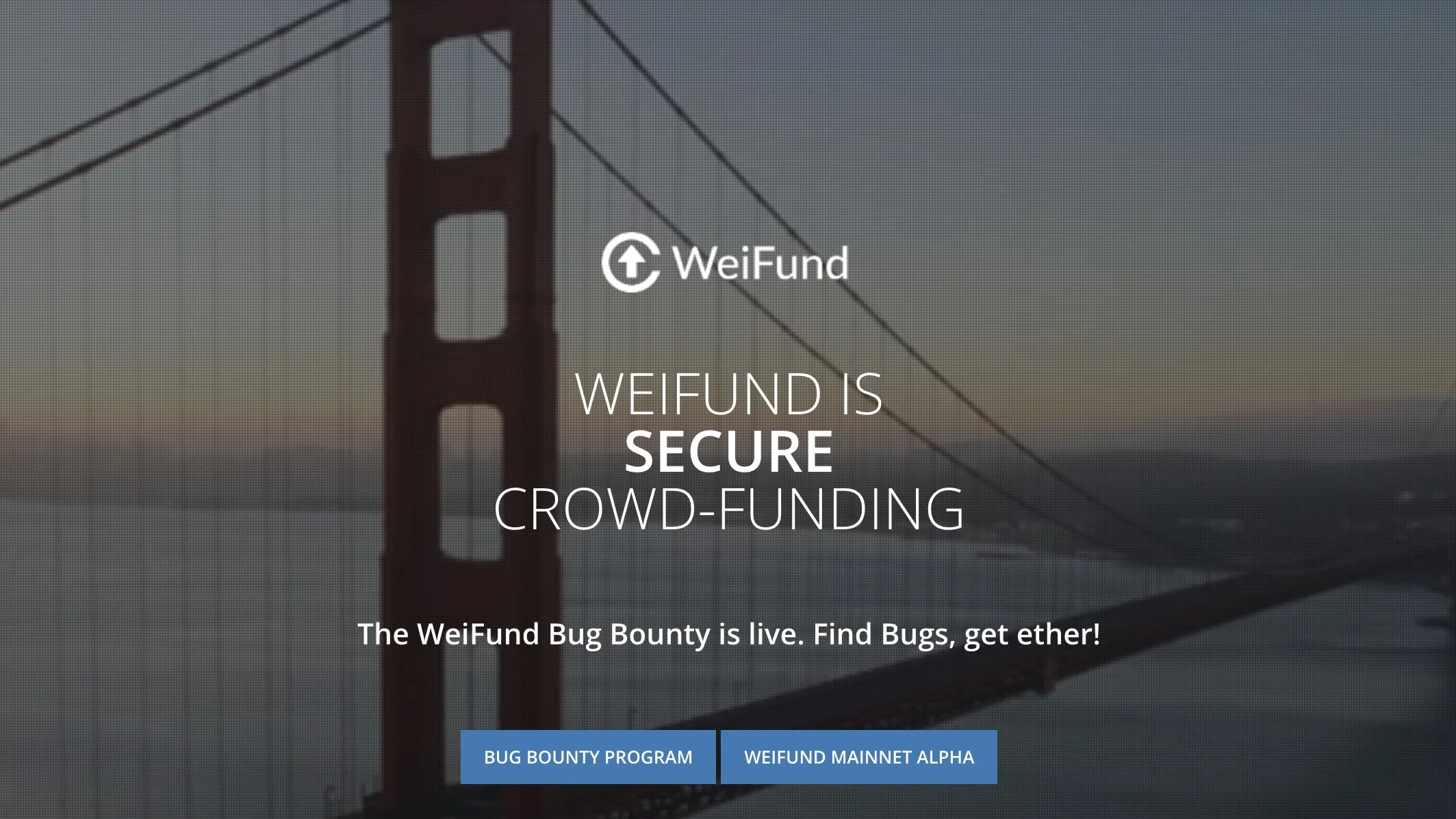
Founded by Nick Dodson, WeiFund is a ‘decentralized fundraising’ platform that lets organizers of crowdfunding campaigns interact directly with their backers, using either their own smart contracts or those provided by the platform.
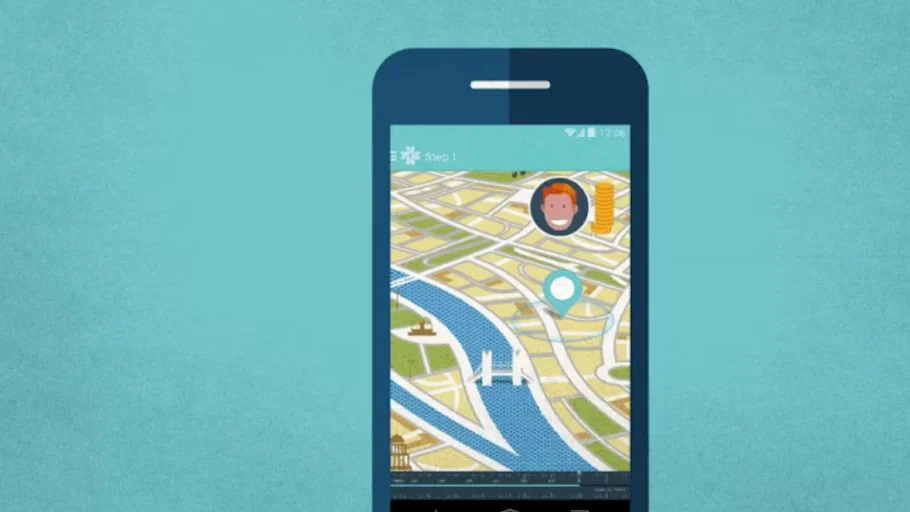
La’Zooz is a ridesharing community, operating on a similar principle to marketplaces like BlaBlaCar. The difference is that it that ownership is completely decentralised, with rewards apportioned to developers, users and backers via a ‘Fairshare’ system.

OpenBazaar is a piece of software that uses blockchain technology to let people buy from and sell to each other directly. Think of it as being like a BitTorrent client for peer-to-peer trade.
The way forward for marketplaces

Does all this spell the end of the road for online marketplaces?
Well, one thing we can be sure of by now is that technological progress spells disruption, and disruption means that no business in any sector can afford to rest on its laurels. But the good news is that any marketplace business with its eye on the ball still has time to adapt its operations to meet the challenges that the future is bringing.
One surprising insight into the threat that could face marketplaces from blockchain and smart contracts is that the more automated your operation already is, the more likely it will be to face a challenge from automated, peer-to-peer transactions. Actually, when you think about this a little bit, it’s not so surprising: if all you’re doing is to provide the most minimal possible connection between buyer and seller, you shouldn’t be that surprised when a new, even-more-automated solution comes along that can do this even more efficiently.
This hints at a major way that marketplaces can protect themselves from these emerging threats – and that is to provide a suite of other services to users that go beyond acting as a simple intermediary and extend into such other areas as customer service and fulfillment. This is one reason for Amazon to feel optimistic: with its emphasis on the Fulfilled by Amazon service that handles warehousing and shipping on behalf of marketplace sellers, it is already offering something that could not be directly replicated in peer-to-peer transactions.
Meanwhile, while marketplaces like Alibaba’s Tmall offer much less by way of added value in the form of order fulfillment, they play an increasingly important role in brands’ marketing strategies, offering not just a means of selling, but a way of projecting a brand’s identity and values – something that’s especially important for sellers getting established in new markets.
On the other side of the equation, marketplaces may themselves be able to make use of blockchain and smart contracts to further streamline their own processes. They’ll always need a revenue stream for themselves, and so will never be as lean as a true peer-to-peer transaction, but as the experience of Skype shows, many consumers prefer their peer-to-peer interactions to come backed and supported by a recognized brand that they feel they’ll be able to turn to if anything goes wrong.
Like any sector that has enjoyed rapid development from insurgency to maturity, the online marketplace business must constantly guard itself against complacency. Marketplace owners who think that their businesses represent the ultimate form of retail will soon find themselves elbowed aside by new competitors who will seem to appear even before their exact shape is known.
But by understanding their customers and playing to their own strengths, the good marketplaces will continue to prosper. And those that can do this while also making intelligent use of emerging technologies have every chance or remaining at the forefront of how people buy and sell around the world.
Recommended articles
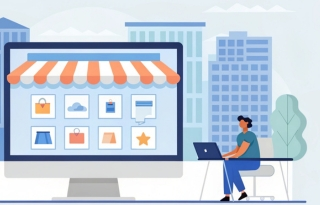 How to Build an Online Marketplace MVP in 2026
How to Build an Online Marketplace MVP in 2026Turning a marketplace idea into reality is fraught with risk. This guide cuts through the complexity, showing you how a focused MVP is the antidote.
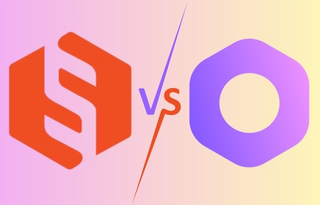 Sharetribe vs Medusa.js: Choosing Between a Launchpad and an Engine
Sharetribe vs Medusa.js: Choosing Between a Launchpad and an EngineConfused between Sharetribe and Medusa.js for your marketplace? Our definitive guide breaks down the critical choice: launch fast with a ready-made SaaS or build a custom, scalable empire with open-source power.
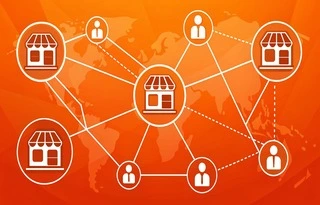 The Ultimate Guide on How To Build a Multi-Vendor Marketplace in 2026
The Ultimate Guide on How To Build a Multi-Vendor Marketplace in 2026Unlock the secrets of successful marketplaces. This guide explains how a multi-vendor website works and provides a clear plan to build your own, from validating your idea to launching and driving growth.
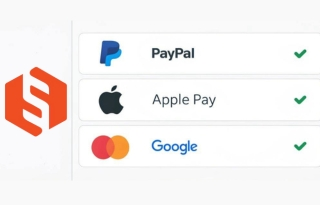 Sharetribe Marketplace Payments: PayPal, Apple Pay, Google Pay, and more
Sharetribe Marketplace Payments: PayPal, Apple Pay, Google Pay, and moreLost sales at checkout? Your payment options could be to blame. This essential guide explores how to configure Sharetribe marketplace payments, from integrating PayPal and digital wallets like Apple Pay to leveraging Stripe's powerful gateway.






